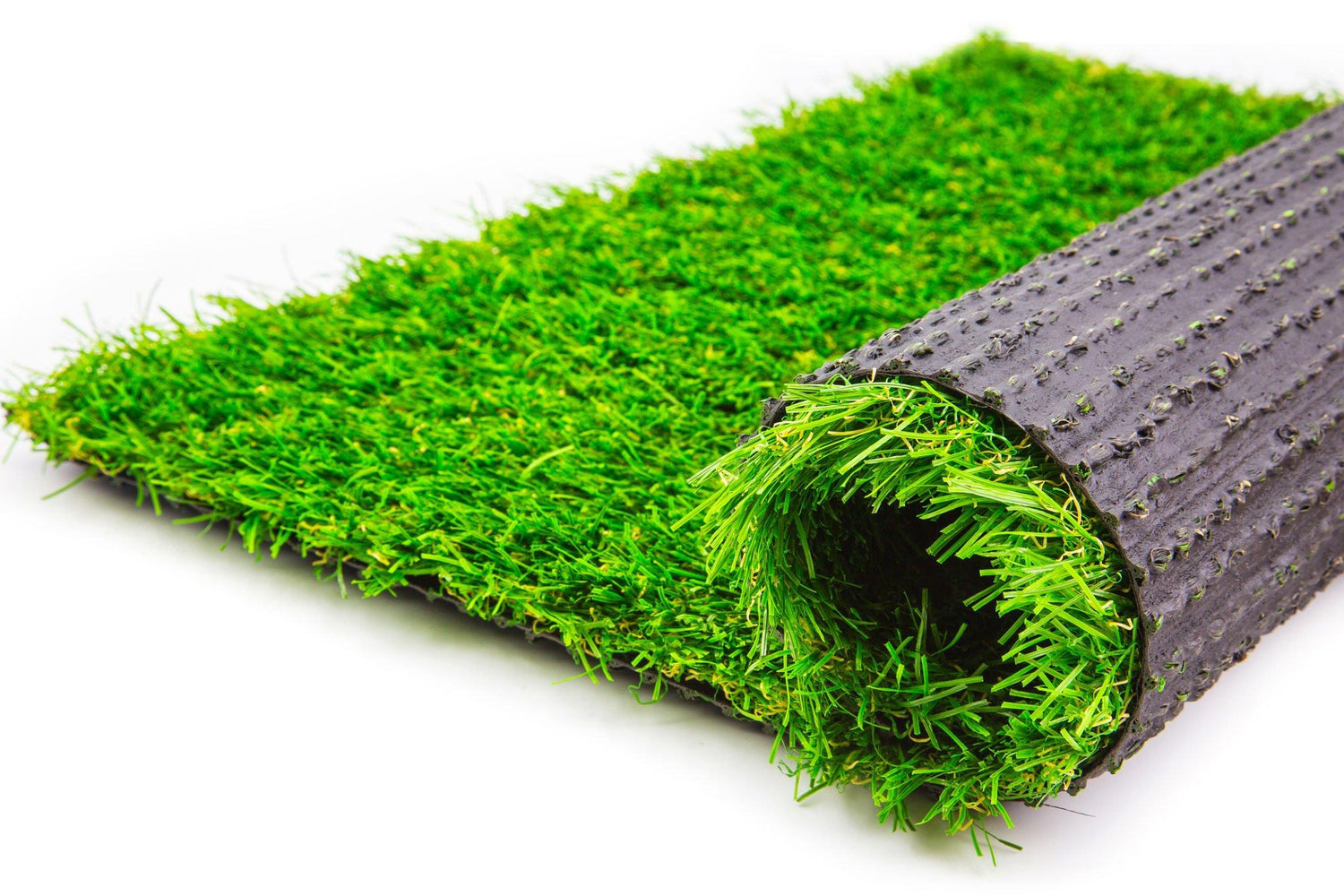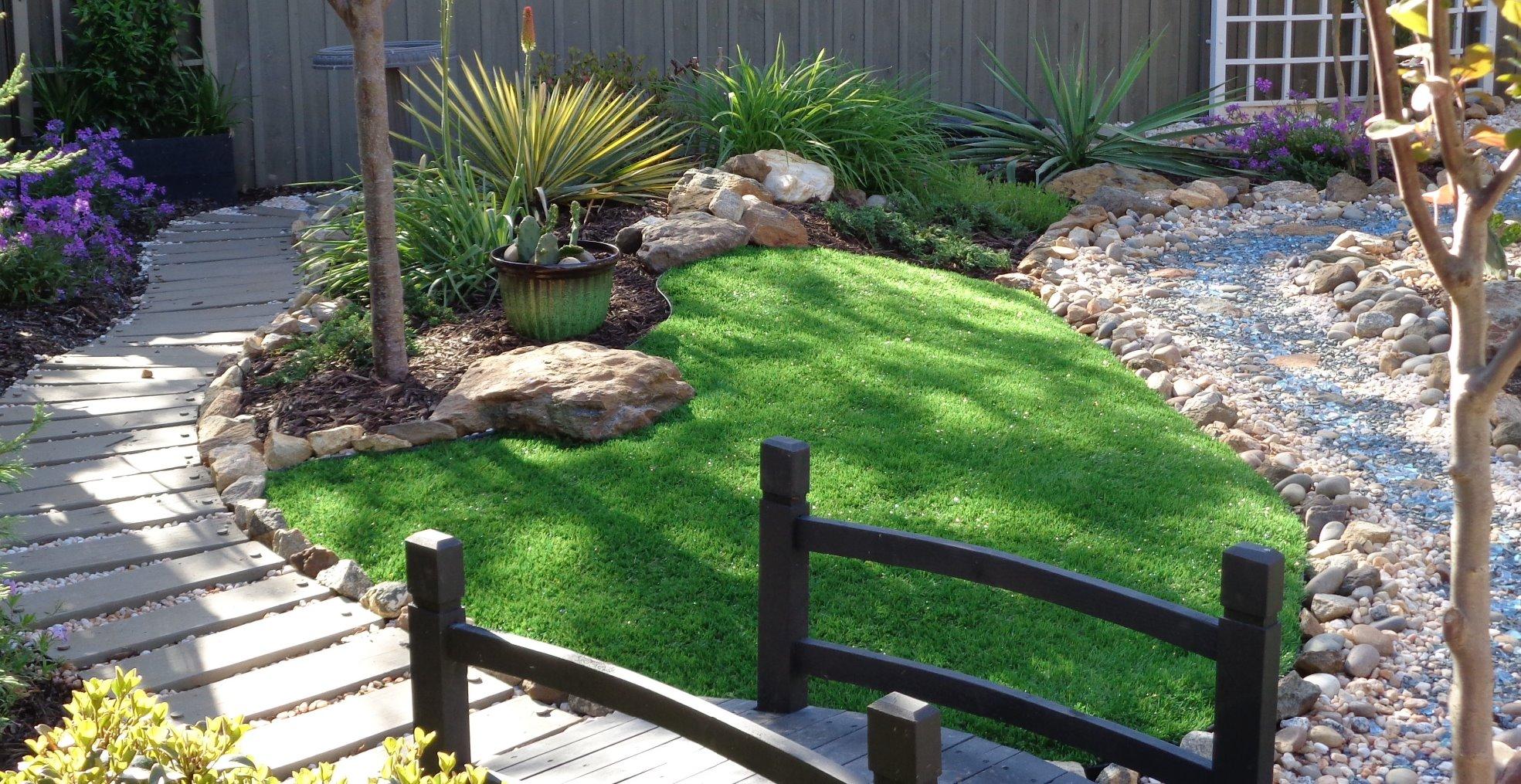Artificial turf, also known as synthetic grass, has come a long way from its early days as a plastic carpet-like surface. Modern artificial turf is designed to closely mimic the look and feel of natural grass while offering the benefits of low maintenance and long-lasting durability. One of the fundamental aspects of choosing the right artificial turf for your home is understanding the materials used in its construction. In this chapter, we will delve deep into the materials that make up artificial turf, primarily focusing on polyethylene and nylon, to help you make an informed decision when selecting the perfect turf for your landscaping project.
The Evolution of Artificial Turf Materials
Artificial turf has seen significant advancements in materials and technology since its inception in the mid-20th century. The early versions of synthetic grass were typically made from nylon, a material that was initially hailed as a revolutionary alternative to natural grass. However, as time passed and technology improved, it became evident that nylon had several shortcomings.
Nylon: The Outdated Approach
Nylon was the primary material used in early artificial turf. It offered some advantages, such as resistance to wear and tear, but it had its fair share of disadvantages, which led to its decline in popularity:
- Aesthetically Unappealing: One of the primary drawbacks of nylon-based artificial turf was its appearance. It often looked plastic and unnatural, lacking the lifelike qualities that modern homeowners desire. The aesthetics of early nylon turf left much to be desired.
- Harsh Texture: Nylon turf had a rough texture that felt uncomfortable to walk or play on. It lacked the softness and comfort associated with natural grass, making it less inviting for activities like picnics or recreational sports.
- Prone to Fading: Nylon was notorious for fading over time when exposed to the sun's UV rays. This resulted in an unsightly, discolored appearance that detracted from the overall appeal of the turf.
- Limited Applications: Due to its unattractive appearance and rough texture, nylon-based artificial turf found limited applications in residential landscaping. It was mainly used in sports fields and commercial settings where aesthetics were not a primary concern.
Polyethylene: The Preferred Choice
In contrast to nylon, polyethylene has emerged as the preferred material for modern artificial turf. Polyethylene offers a range of advantages that make it the ideal choice for creating lush, natural-looking lawns and versatile outdoor spaces. Let's explore the key attributes of polyethylene that make it the superior option:
- Softness and Natural Appearance: Polyethylene-based artificial turf stands out for its softness to the touch and natural appearance. It closely resembles the texture and visual appeal of natural grass, making it a more inviting surface for various activities.
- Realistic Year-Round Green: With polyethylene turf, homeowners can enjoy year-round greenery that looks and feels like a well-maintained natural lawn. It doesn't suffer from the unsightly fading that plagued nylon-based turf.
- Versatility: Polyethylene-based turf is incredibly versatile, suitable for both indoor and outdoor applications. Whether you're looking to create a backyard oasis, a pet-friendly space, or a rooftop garden, polyethylene turf can meet your needs.
- Comfort and Durability: This material strikes an excellent balance between comfort and durability. It's comfortable underfoot, making it ideal for walking, playing, and lounging. At the same time, it can withstand heavy foot traffic and remains resilient for years.
- Realistic Blade Structure: The blade structure of polyethylene turf closely mimics that of natural grass. It includes different blade lengths and colors, providing a realistic and textured appearance that adds to its overall aesthetic appeal.
- UV Resistance: Polyethylene turf is designed to resist UV radiation, ensuring that it maintains its vibrant green color even when exposed to the sun for extended periods.
- Suitable for All Environments: Whether you're installing artificial turf in a suburban backyard, a commercial space, or a rooftop garden in a bustling city, polyethylene turf can adapt to various environments and climates.
Understanding the Composition of Polyethylene-Based Turf
Polyethylene-based artificial turf is composed of several layers, each serving a specific purpose to ensure performance and longevity. These layers typically include:
- Base Layer: The base layer is the foundation of the turf and provides stability. It is often made of a compacted aggregate material that supports the turf's structure.
- Drainage System: Proper drainage is crucial to prevent water from pooling on the turf's surface. A perforated backing or drainage tiles allow water to flow through the turf and into the base layer, keeping it dry and free from moisture-related issues.
- Infill Material: Infill materials, such as sand or rubber granules, are often added to improve the turf's resilience and stability. Infill provides weight to the turf, helping it stay in place and recover its shape after use.
- Blade Structure: The blade structure of polyethylene turf consists of synthetic fibers that mimic natural grass blades. These blades come in various shapes, lengths, and colors to create a lifelike appearance.
- Backing Material: The backing material provides support to the turf's blades. It is typically made from a woven fabric or a combination of materials that enhance the turf's overall durability.
Choosing the Right Polyethylene-Based Turf
While polyethylene-based artificial turf offers numerous benefits, there are still variations within this category. When selecting the right polyethylene-based turf for your specific needs, consider the following factors:
- Blade Length: Turf with varying blade lengths can create a more natural and textured appearance. Choose a blade length that aligns with your aesthetic preferences.
- Pile Density: Pile density refers to the number of blades per square meter. Higher pile density typically results in a fuller, more lush appearance.
- Color Variations: Look for turf that offers color variations within the blades to simulate the natural color patterns found in real grass.
- Traffic Resistance: Consider the level of foot traffic the turf will endure. Some polyethylene turf varieties are specifically designed for high-traffic areas and offer enhanced durability.
- UV Resistance: Ensure that the turf you choose has UV-resistant properties to maintain its color and integrity over time.
- Maintenance Requirements: Different polyethylene-based turfs may have varying maintenance needs. Some require minimal care, while others may benefit from occasional brushing or grooming.
Conclusion
In the realm of artificial turf, the choice of materials is a critical decision that significantly impacts the performance and aesthetics of your landscaping project. While nylon was once the standard, polyethylene has rightfully claimed its place as the superior material for modern artificial turf. Its softness, natural appearance, durability, and versatility make it the top choice for homeowners looking to create inviting outdoor spaces that require minimal maintenance. Understanding the materials that make up artificial turf is just the beginning of your journey to a greener, more vibrant, and hassle-free lawn. In the chapters that follow, we will explore the many facets of artificial turf to help you make the best choice for your home.


Leave a comment
This site is protected by hCaptcha and the hCaptcha Privacy Policy and Terms of Service apply.